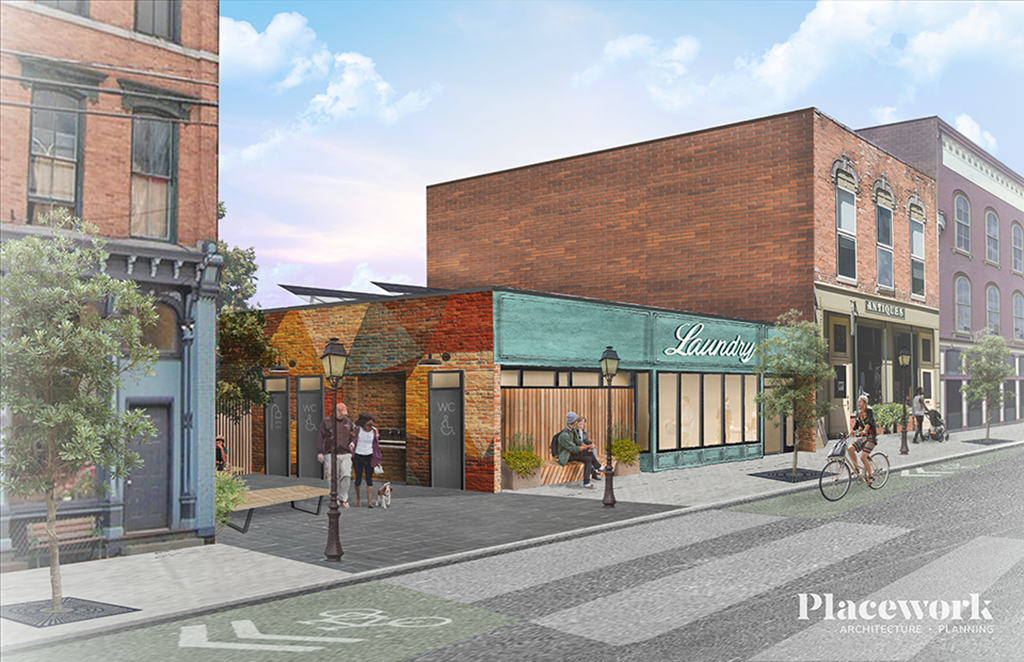Designing for People
May 25, 2023
“Really, we are designing with people, not simply for them.”
– Placework
Project Manager
Liz Nguyen
The heart of designing authentic places is understanding people. At Placework, our team spends a lot of time talking about and designing for building performance and environmental sustainability. But the core of our work is the health and wellbeing of building inhabitants. Recently Liz Nguyen, a Project Manager and longtime Placework team member, had the opportunity to reflect on a project that has extended our capacity to empathize and design for a unique need.
Our client is a unique team led by a Vermont regional planning office and a local non-profit, with input from a multi-disciplinary task force representing several municipal and non-profit organizations in their small city. The group approached Placework to create a design study for a Wellness Hub: a facility designed to address the public health needs of people experiencing homelessness. The basic need is a sanitation facility: a public restroom, handwashing and showers.

Leading by Listening
Designing for people requires understanding their needs, both stated and unconscious. The experience of deeply observing is a common trait among the Placework team. We observe our clients and end users in their current environment where possible. We ask questions to find out how their place works for them and what challenges could be addressed by a different approach.
Liz leads her projects by listening, posing questions constructed to give information that feeds into the design process. “You can’t always predict how people will use their space, but whatever they do, or whatever we do, they’re going to make it their own. So, I am always aware that the process is about collaborating with our clients to create spaces that work for everyone using it.”
We ask probing questions of our direct clients as well as those who will use the space. Assumptions and biases can cloud the creative process if not dealt with transparently. “I heard insightful comments from people on the Wellness Hub committee,” remembers Liz. “One woman said, ‘I want to be an optimist, and I want to design something that works for everyone. Some might design only for durability or security.’ But her main focus was safety, creating a space where everyone – employees, clients and passersby – could feel truly safe.”
With the committee member’s words ringing in her ear, Liz also thought about hearing the voices, stories, and ideas of the homeless population and those needing access to the physical and educational resources the space will provide. “If the space is about equitable access to resources, then we have to include everyone in the design and decision-making process,” says Liz. Speaking with the client is only part of the process,”…but that’s different from me developing an empathic understanding of the user’s perspective, which is also critical.” As Liz puts it, “Really, we are designing with people, not simply for them.”